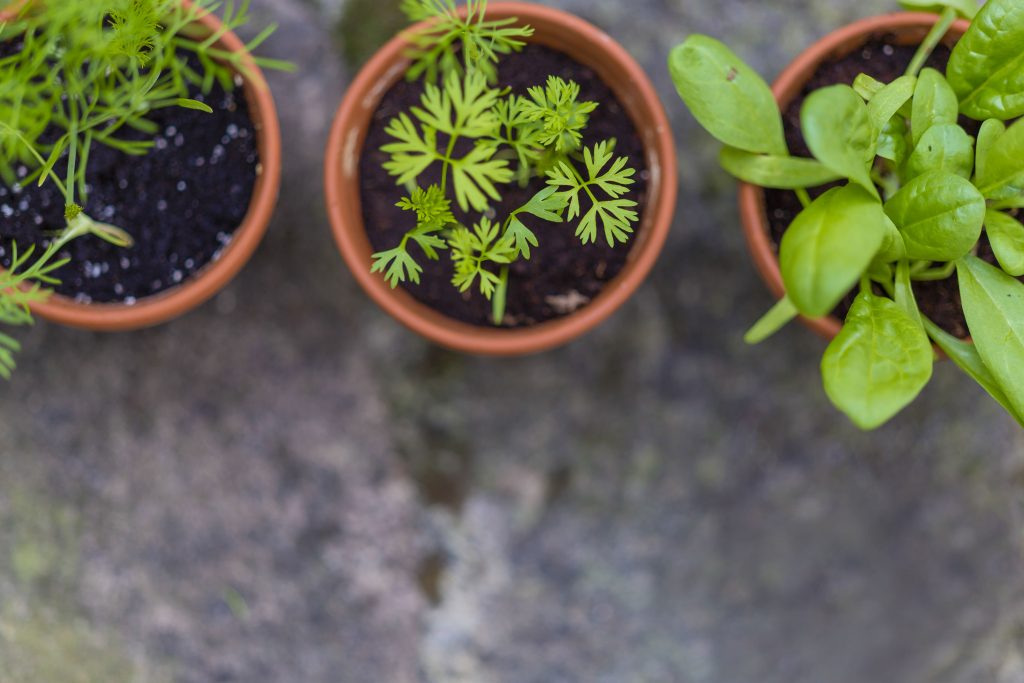@Home: How To Create And Maintain A Garden At Home!

By JOANNA JOHNSON
There’s something beautiful about visiting someone’s home and seeing flowers and plants growing lusciously in their yard. It definitely adds some extra flair to the house. If you’re looking to spruce up your yard space with a garden of your own, these tips will help you get the job done!

Choose a spot
When deciding to grow a garden, you need to find a spot that works for you. This area should be easily accessible so that when you need to care for your plants, you can do so with no trouble. What you choose to plant will also be a major deciding factor on where you should put down your roots. You have to consider sun exposure and water accessibility. Also, if you have children or pets, be sure to plant where they may not be able to access so easily. Nobody wants their garden to be trampled on by frolicking pups, or stray toys and gadgets.
Determine what you will be growing
Surely, you have so many options to choose from, flowers, herbs, buds, fruits, vegetables and the list goes on. So, to make this task easier, decide what needs you have and factor in the soil type in your yard or pots early, as this will help you to determine what will and won’t flourish in your garden. However, it all comes down to what you genuinely want to plant in your garden and how much time and care you’re willing to put in.
Extra tip: Mix your soil with an equal amount of organic compost to provide your plants with the nutrients they need to grow.

Choose the best seeds and transplants
Most seed packets and transplant receptacles come with basic planting instructions, so once you follow them, you should be able to begin planting with ease! Many flowers, fruits and vegetables grow quickly from seeds if you provide their basic germination requirements; moisture, oxygen and warm temperature and sow them carefully. Still, transplants can be much easier to manage since you don’t have to begin from scratch.
Here are some general planting rules to help you dig in:
1. Plant seeds should be positioned roughly three times as deep as the diameter of the seed unless otherwise directed on the packet. It would be best if you also spaced them as directed on the seed packet as well.
2. Label your seeds so that you can keep better track of what you planted there.
3. If using transplants, be sure to harden them off before planting them in your garden. In other words, expose them to some dryer conditions and cooler temperatures before putting them out into your garden. This tip helps them to get accustomed to life outdoors so that they don’t suffer ‘transplant shock’ and wilt or die when transferred.
Invest in garden tools
To keep your garden looking pruned and beautiful, you’re going to need to invest in a few tools — these will help to make your gardening experience much easier. But don’t go too crazy buying your tools right away. Try to invest in the basics like gloves, pruners, garden hoe and a trowel, and as you go along, you can add to your ‘gardening toolbox’. Who knows, you might find yourself re-using the same tools to get multiple jobs done.

Regular maintenance is key
As with most things in life, your garden needs to be nurtured and cared for adequately. Picking a spot and planting a few seeds is not enough. It would be best if you spent time making sure your garden is properly watered, removing weeds and ensuring that your plants are getting the right amount of sun and growing the way they should. A great perk of regular maintenance is that you get to see the changes your garden goes through. Besides that, you can decide which plants you like growing best and get rid of the plants that don’t do well in your garden.
Your garden will require time and effort, but if you do it right, the results will be more than worth it! So get your trowel and watering can ready, your home garden awaits!
